Explosion Suppression is the required option!
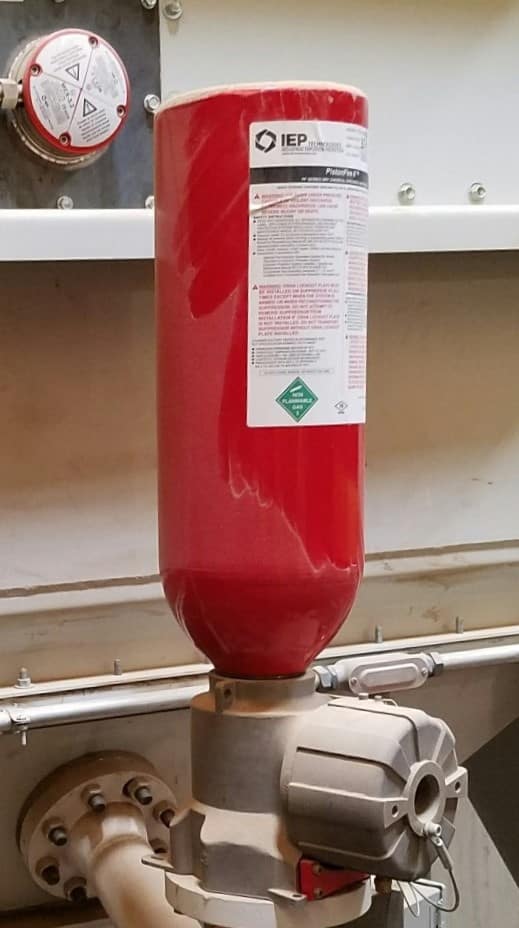
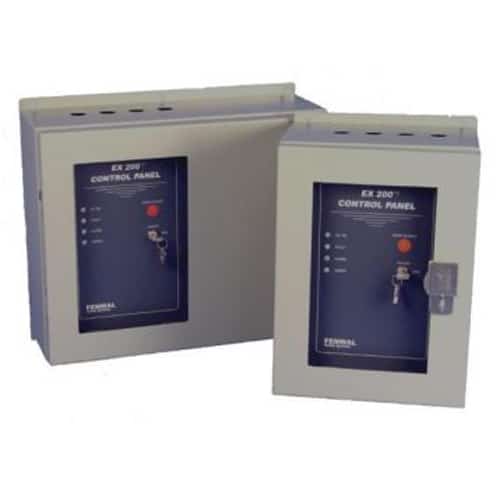
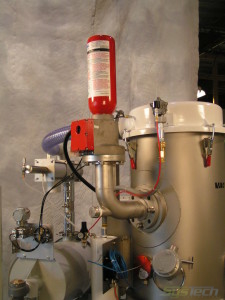
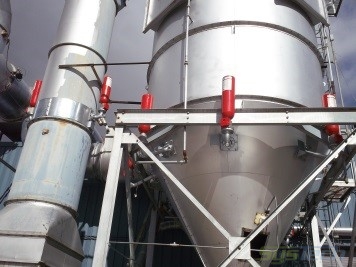
In an explosion suppression system, dynamic rate of rise or static pressure sensors are used to detect pressure buildup due to combustion and via the control panel activating suppressant bottles containing sodium bicarbonate, injecting suppressant into the airstream, cooling the temperature of the combustion fireball and reducing the explosion pressure.
You need Flameless Explosion Venting
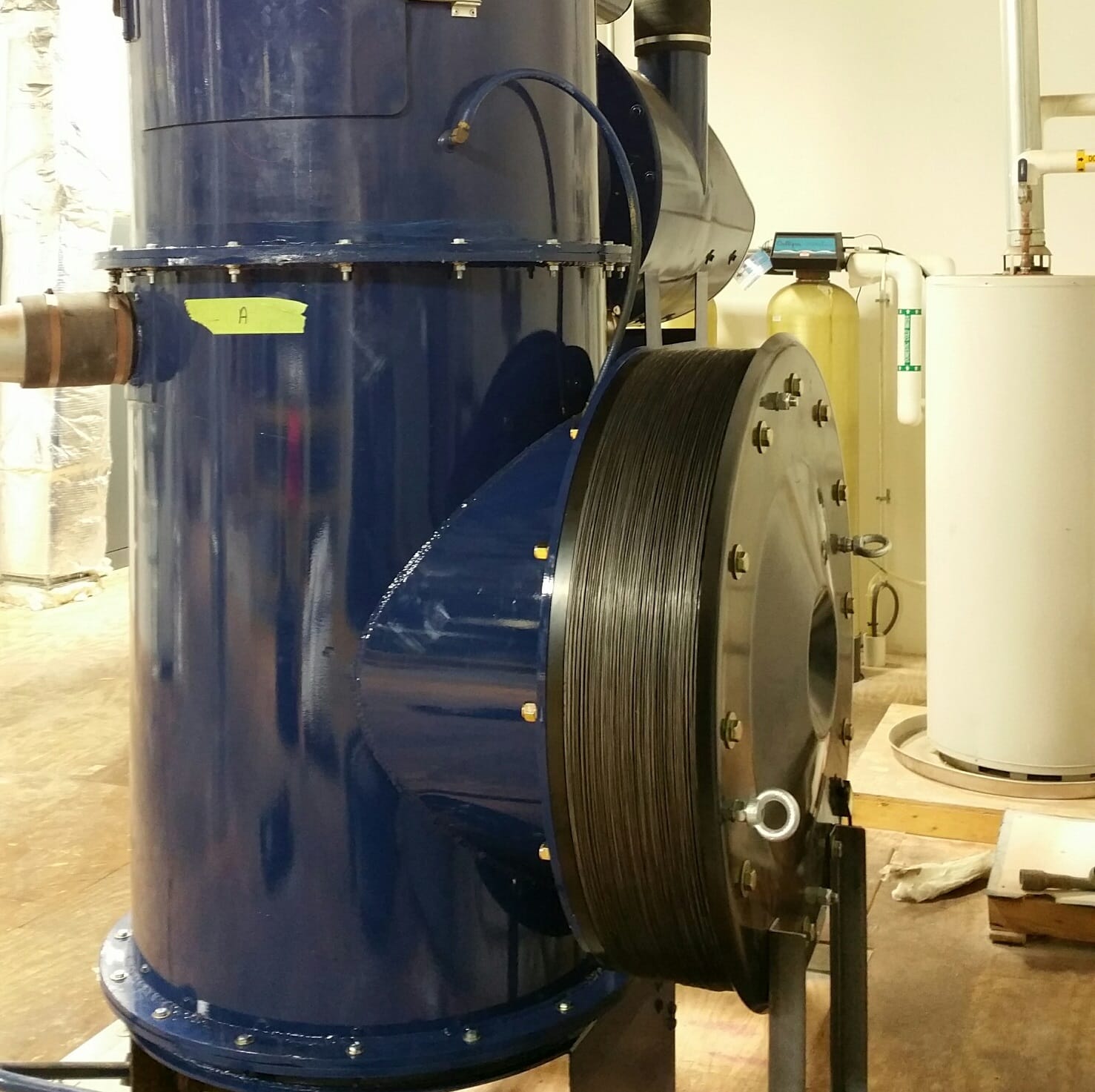
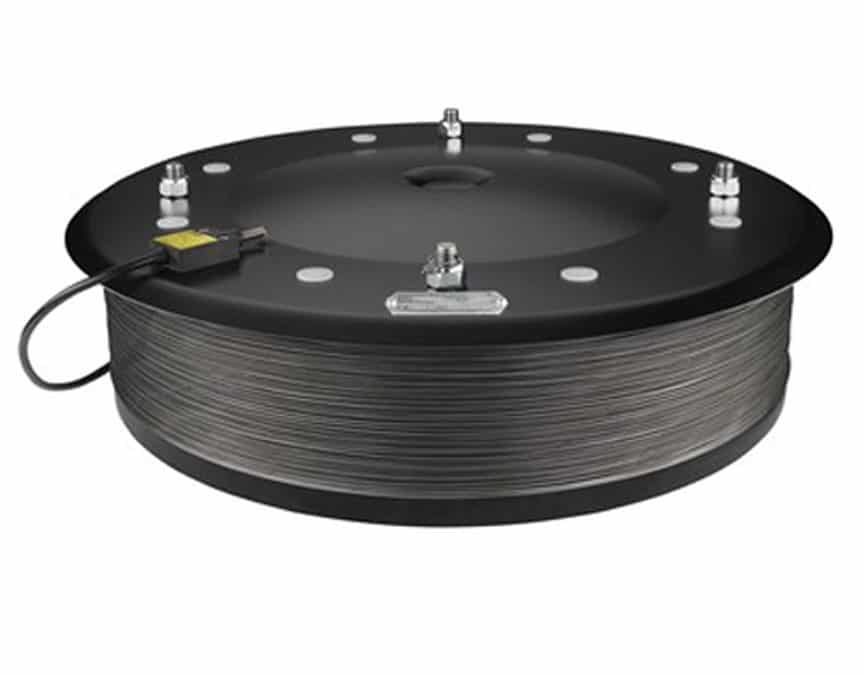
Many at-risk industrial process equipment, including dust collectors, process vessels, duct/piping networks, and industrial structures have been protected with explosion venting. Where applicable, explosion vents, also referred to as explosion panels and explosion relief panels, are a viable means to release pressure and flame propagation of a dust explosion.
Explosion venting is a viable option!
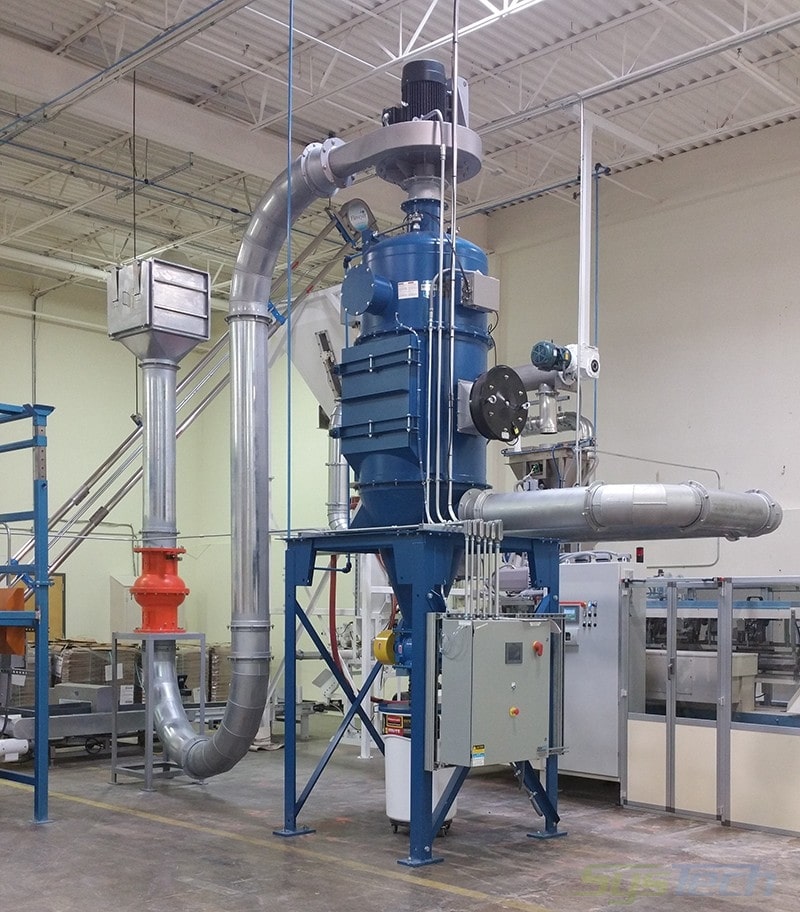
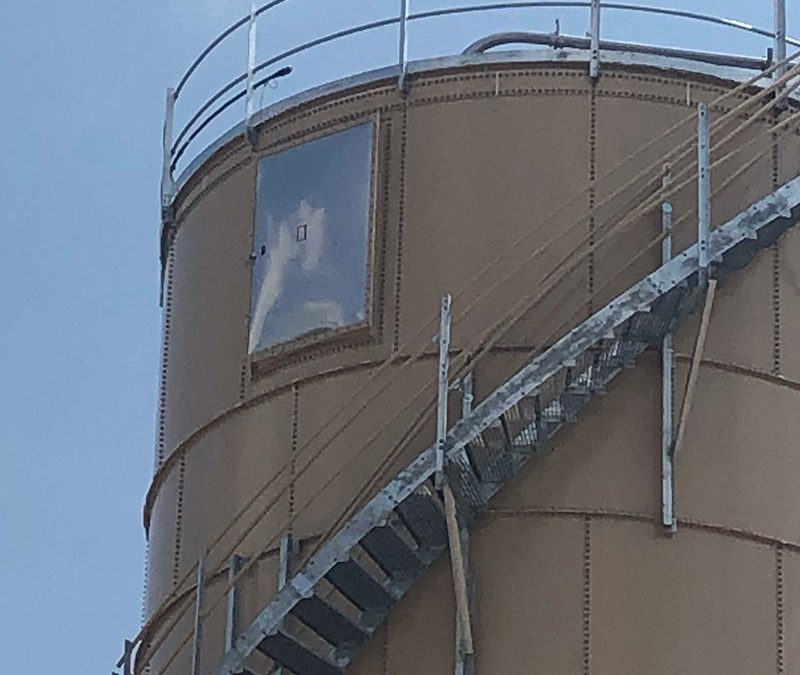
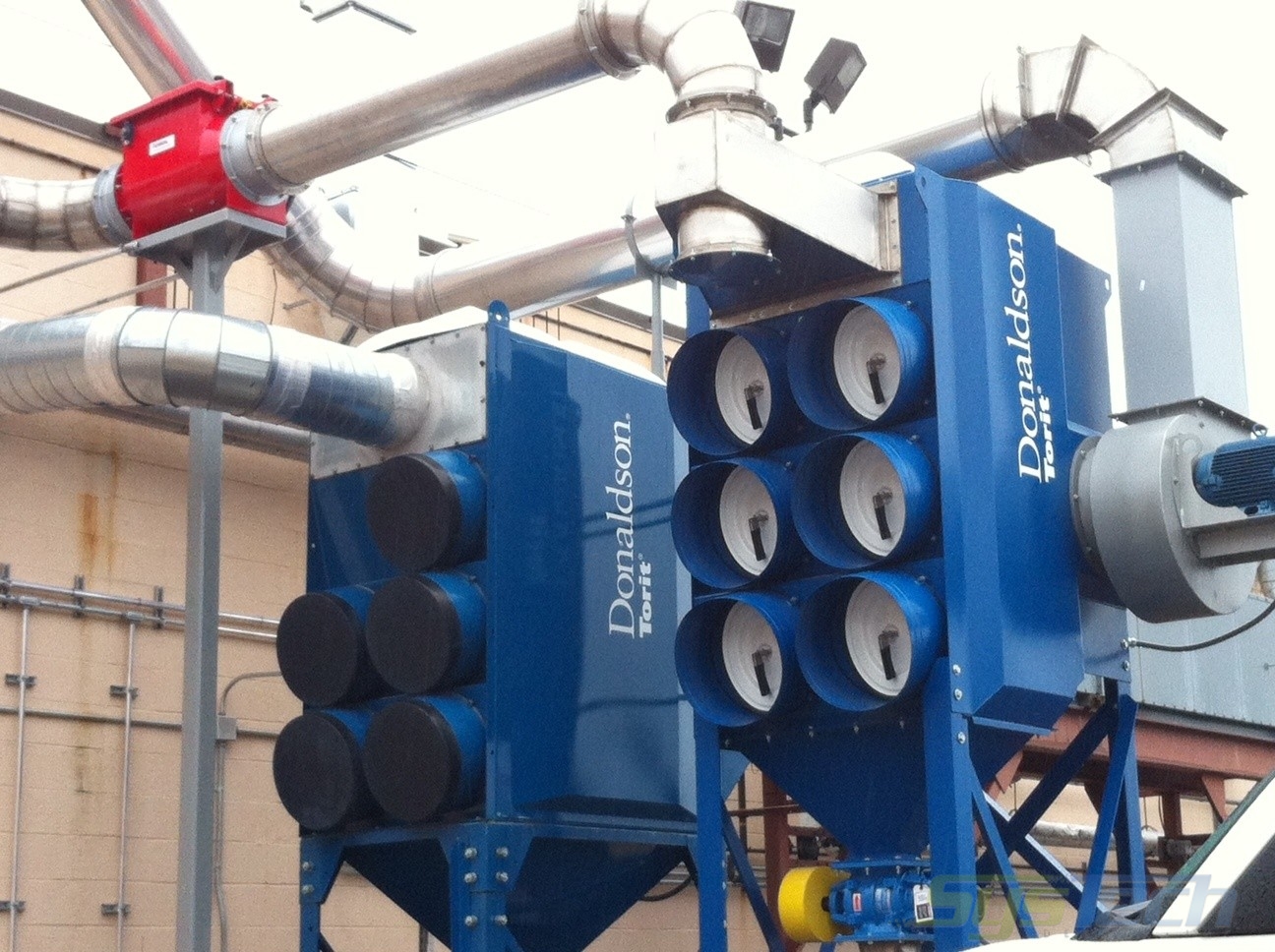
Many at-risk industrial process equipment, including dust collectors, process vessels, duct/piping networks, and industrial structures have been protected with explosion venting. Where applicable, explosion vents, also referred to as explosion panels and explosion relief panels, are a viable means to release pressure and flame propagation of a dust explosion.
Isolation is a requirement!
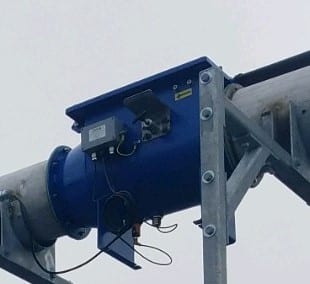
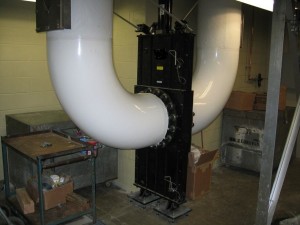
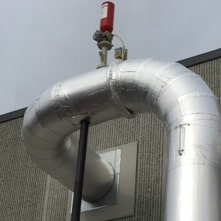
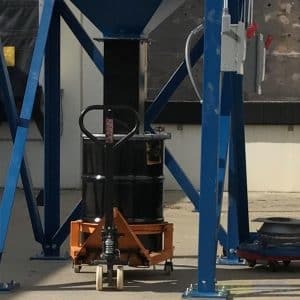
An Isolation device is mandatory per NFPA XX – An event fireball traveling through connecting ductwork can initiate a secondary explosion which has been documented as much higher destruction potential. The fireball can exit the vessel through a vessel hopper as well as the connecting ductwork.
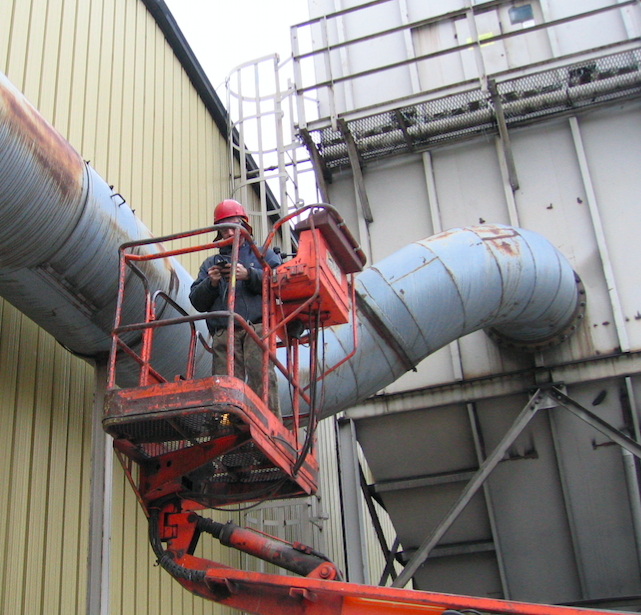
You need Preventative Maintenance
Maintenance is the backend of capital equipment purchases. It’s required and the better it’s addressed on a periodic basis, the longer expected equipment life and the greater your uninterrupted production. That said, every facility has a different allocation of maintenance staff and skill sets. SysTech has long recognized that maintenance departments appreciate the up-front support we offer with the equipment and systems we install.
This matrix is based on combustible dust, not a fume, gas, or aerosol. These require a more in-depth review before component selection can be applied. Terms used include:
- Event – An explosion
- Deflagration -
- Fireball – Result of an explosion
- Kst – Explosivity of the dust
- Pred – Strength of the vessel
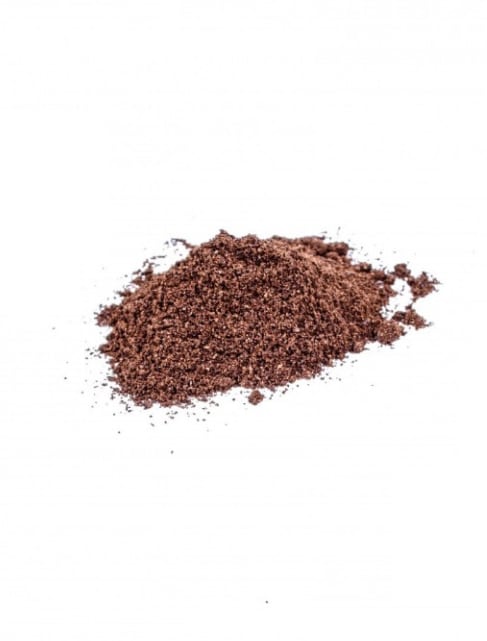
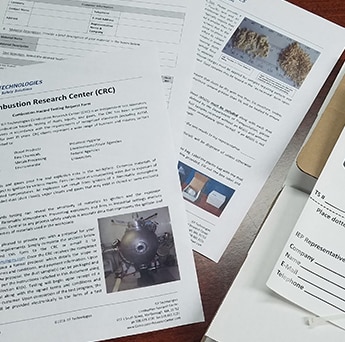
1.Has your dust been tested and do you have a Kst value from a test report?
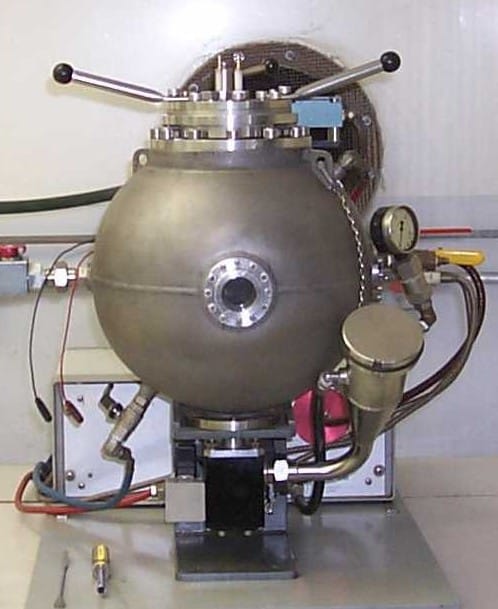
A dust analysis is required to determine values that impact an explosion.
Testing of a dust is the only way to be certain it is safe to handle. Using assumed or old data is risky. Almost every dust is explosive given the proper set of conditions. How explosive it can be is the critical question that must be answered. If NFPA Standards govern your facility, ……… In short, get your dust tested! We can help with that.
2. Should an event or deflagration occur, can a fireball and resultant debris be safely directed away from nearby humans, animals, walking paths, and combustible materials?
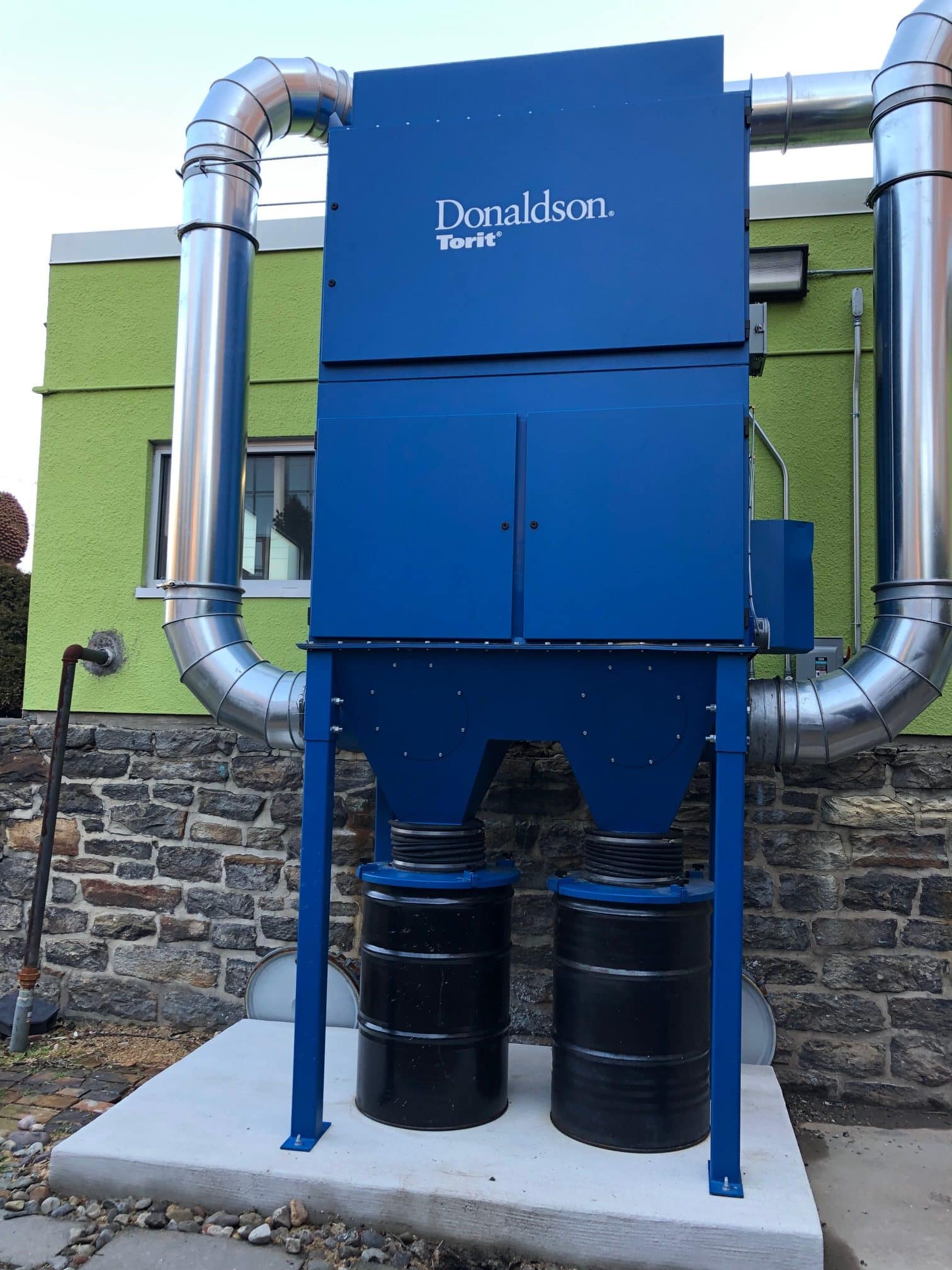
3. Is the material or product being discharged a potent compound or a hazardous material?
Compounds being captured in a vessel may be toxic and must be contained.
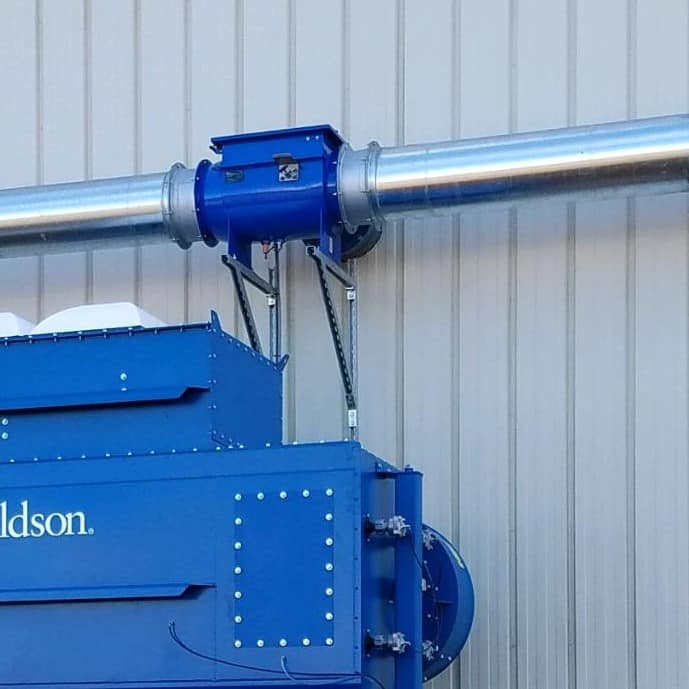
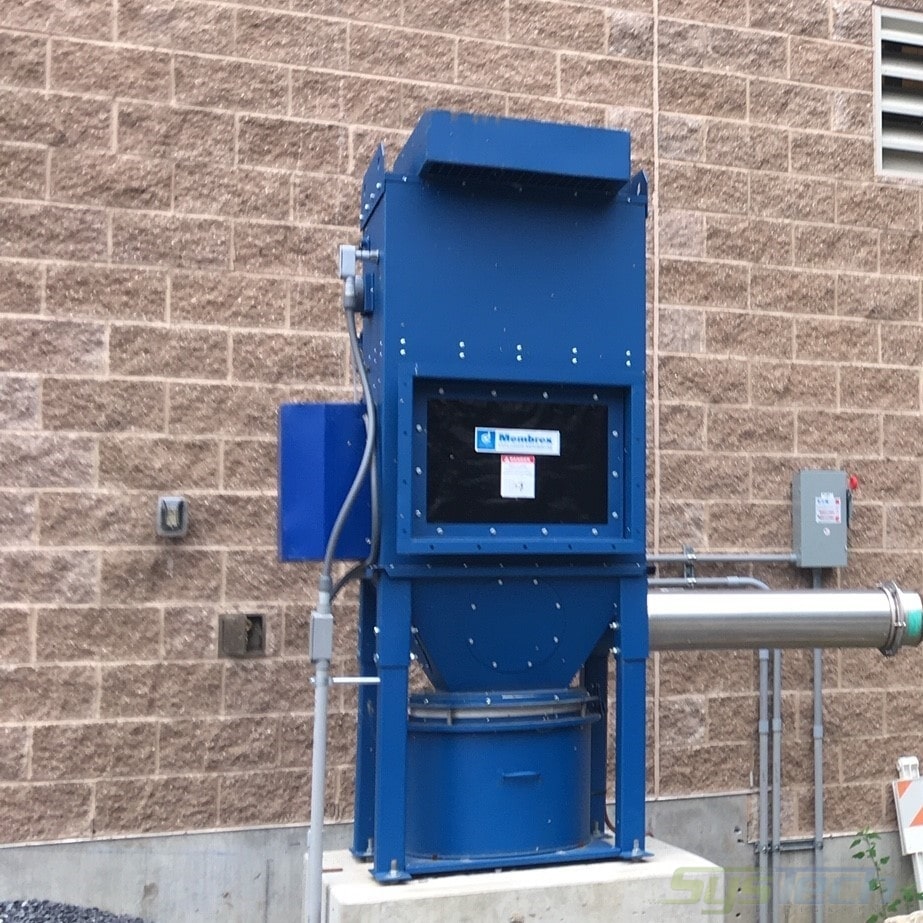
4. Is the location of the vessel outside, away from the facility or inside, adjacent to an outside wall?
An inside location requires information about distance to the wall and the construction of the vessel body or the Pred value. Rule of thumb is 1 hydraulic radius distance from vessel to wall.

5. Can the vent be positioned so the EXP is directed to a safe area?
Explosion vents allow the release of the pressures associated with an event and ……
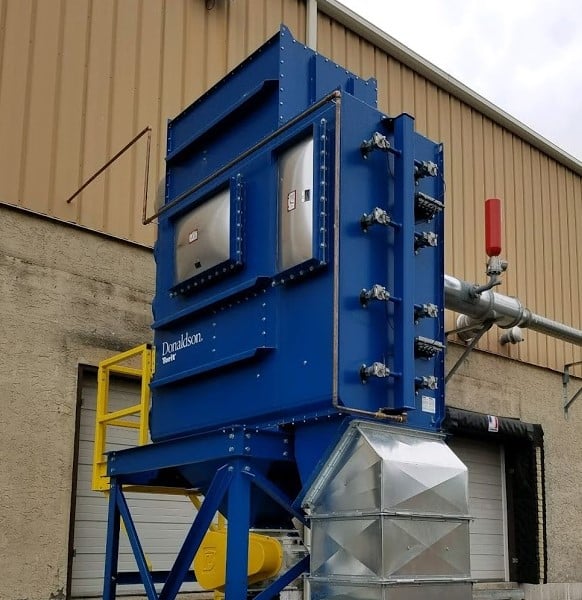
6. Is a Flameless Vent a viable option?
The flameless vent has limitations based on the Kst of the dust, the construction of the vessel body, and…...

